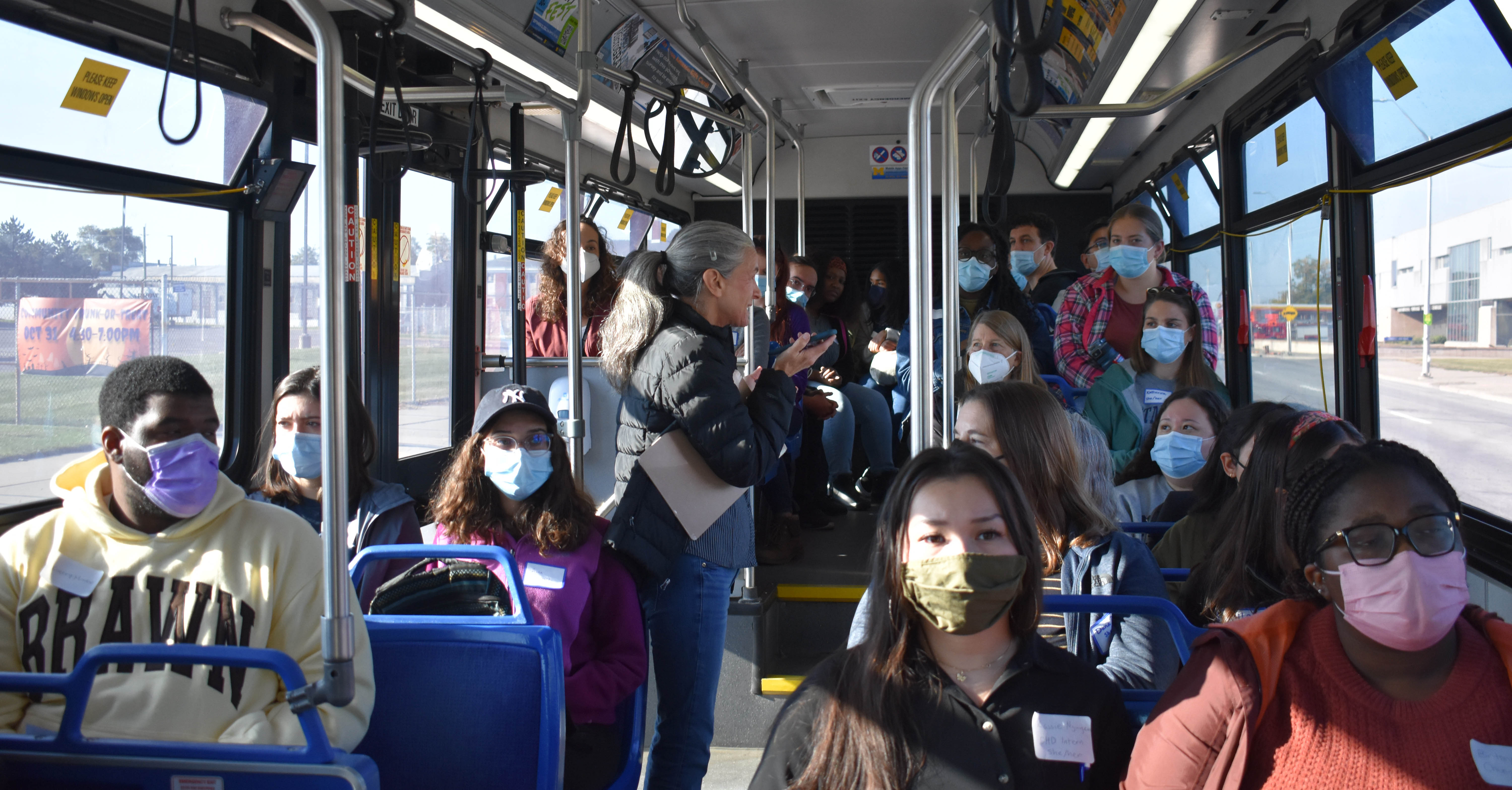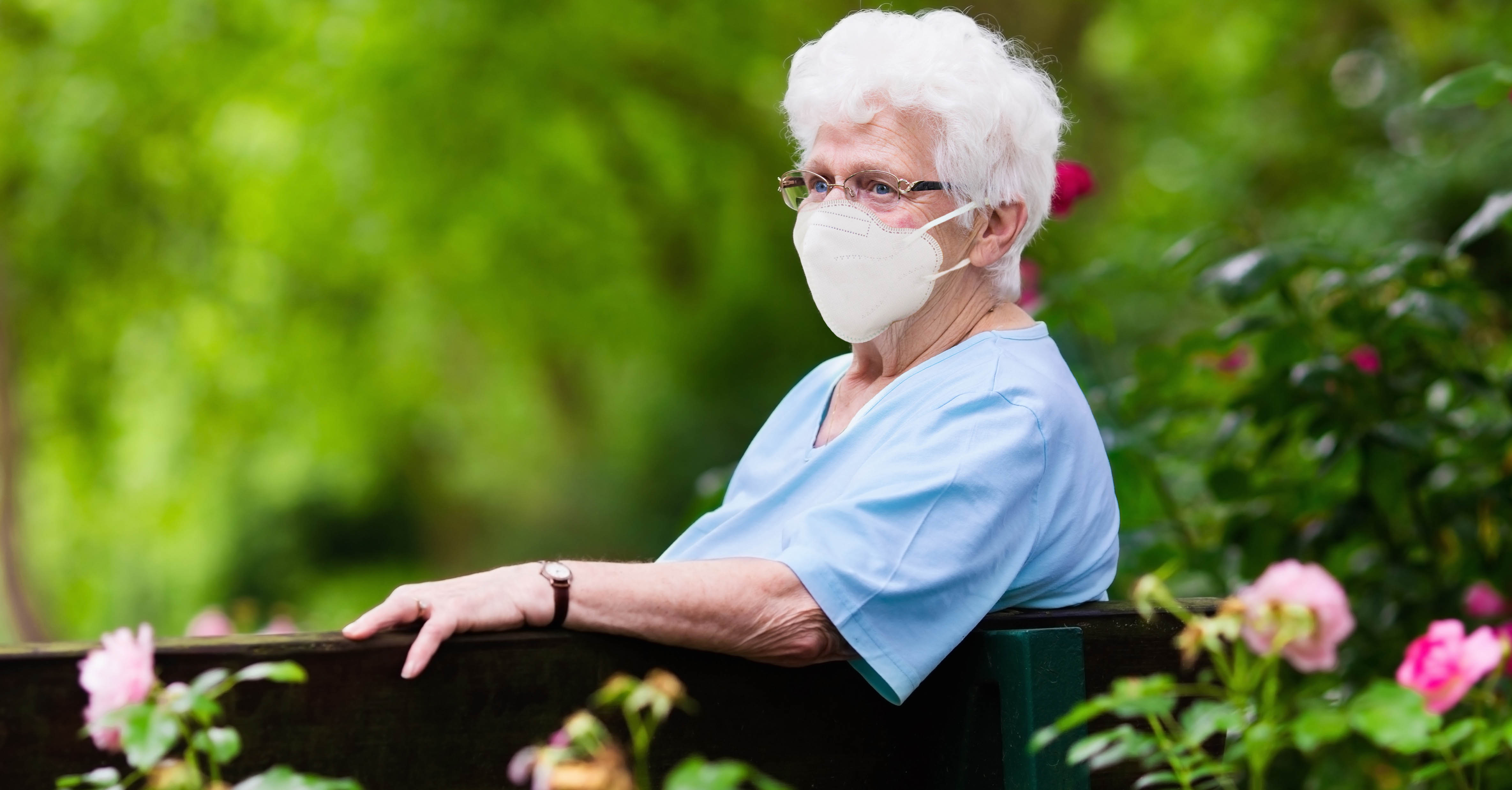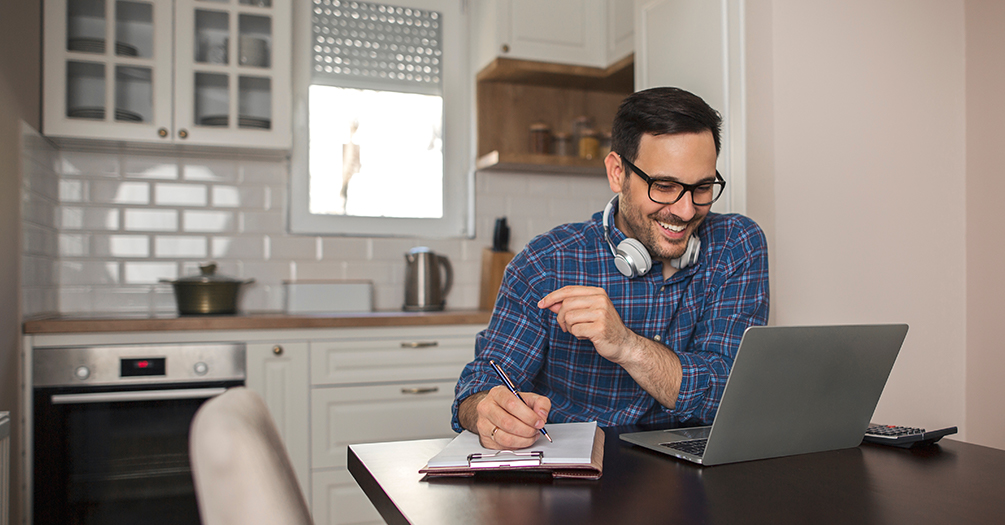
Gun deaths among children and teens have soared--but there are ways to reverse the trend
Rebeccah Sokol, Marc Zimmerman, Patrick Carter
Health Management and Policy faculty member April Zeoli co-authors this article published in The Conversation, discussing a recent ruling where a judge in the Western District of Texas struck down the federal law that prohibits access to guns for people subject to domestic violence protection orders.





